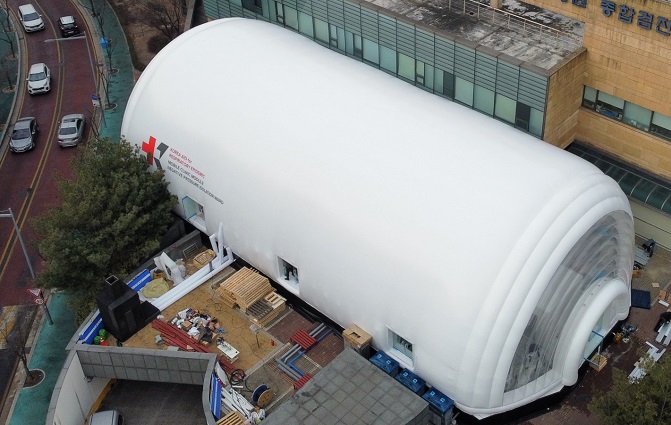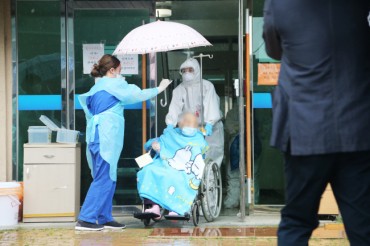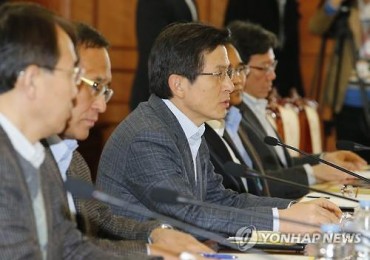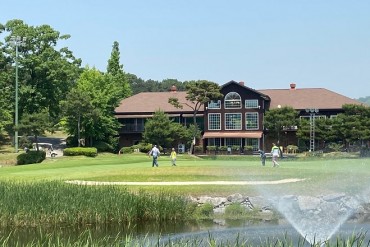
This photo, provided by KAIST on Jan. 7, 2021, shows a mobile clinic module installed at the Korea Institute of Radiological & Medical Sciences in northeastern Seoul.
DAEJEON, April 20 (Korea Bizwire) — A modular facility of negative pressure rooms that was developed for treatment of severe COVID-19 patients by the Korea Advanced Institute of Science & Technology (KAIST) has won a grand prize in a globally-renowned design competition.
A team led by Nam Taek-jin, a professor and the head of Industrial Design department at KAIST, won a grand prize in the Red Dot Design Award 2021 that was held in Germany last month.
Approximately 7,800 products from about 60 countries were submitted for this year’s contest and they competed in three categories – product design, communication design and concept design.
The organizer of the Red Dot Design Award said that KAIST’s mobile ward showed how product design can make a valuable contribution to preventing the spread of epidemics.
On April 8, the KAIST team also won main prizes in four areas – product and indoor architecture, user interface and user experience, at the iF Design Award competition.
The KAIST-developed modular facility is recognized as not only having excellent functionality and usefulness but also having a unique design and aesthetics by sweeping awards in top design competitions around the world.
The mobile clinic module fitted with high-end medical equipment. It can be swiftly transformed and remodeled.
The negative pressure frame that serves as a pillar consisting of negative pressure equipment, positive pressure equipment and compressor, adjusts the pressure in two ways to create an air tent space within the ward.
Since it can be managed, transported and installed simply with small-scale equipment and personnel, it is faster and cheaper to deploy than existing fabricated negative pressure wards.
J. S. Shin (js_shin@koreabizwire.com)







